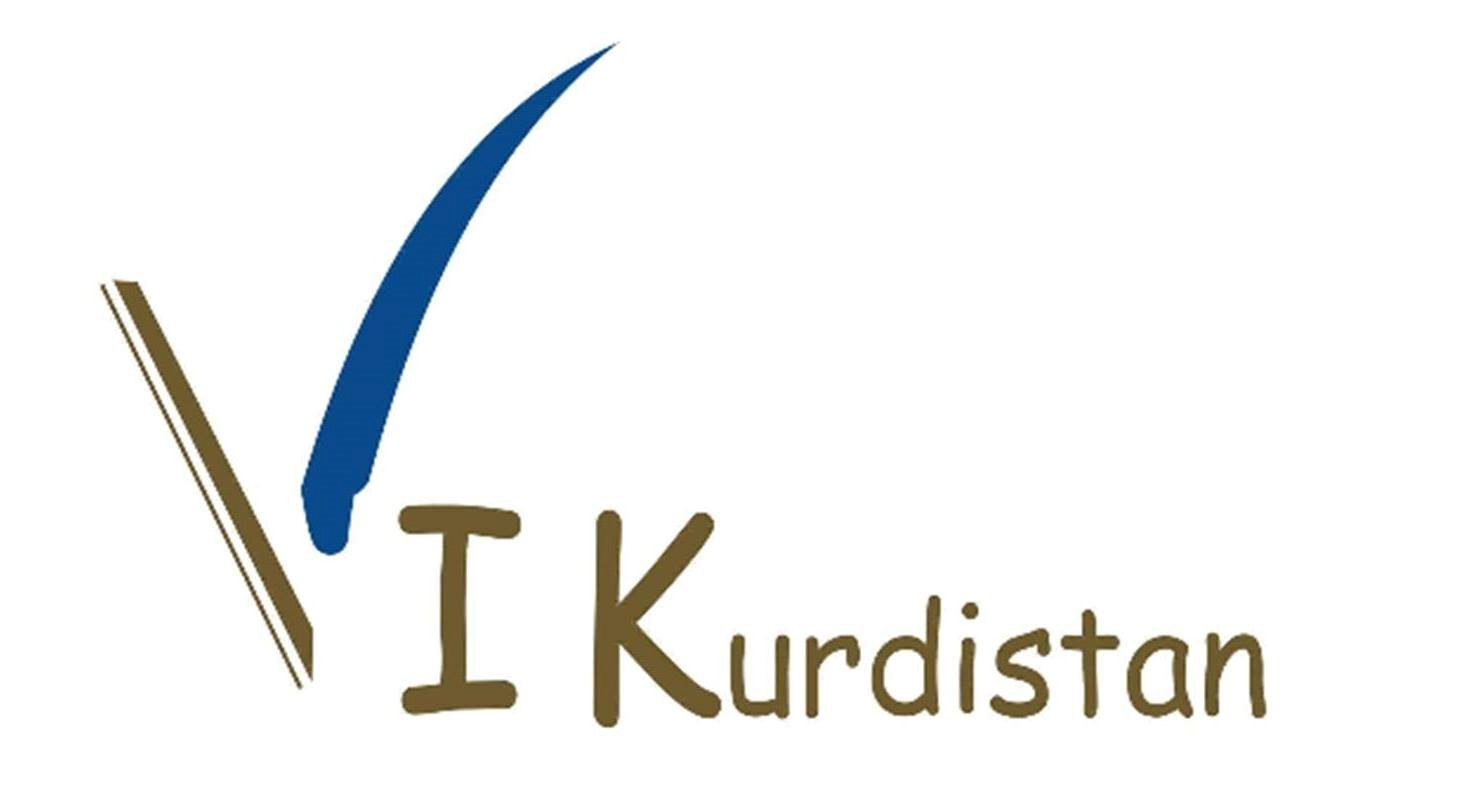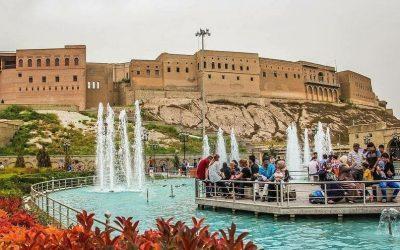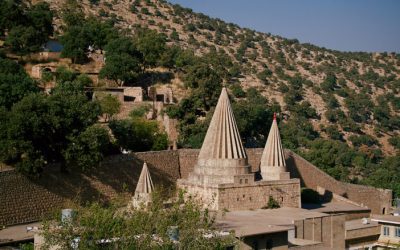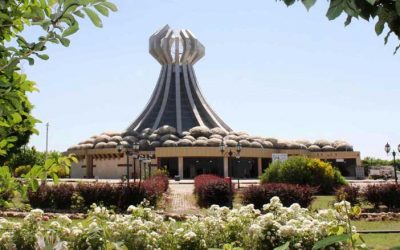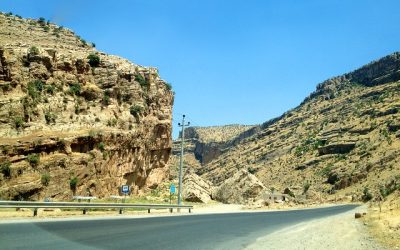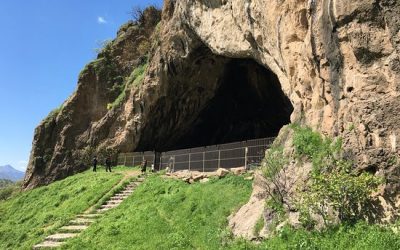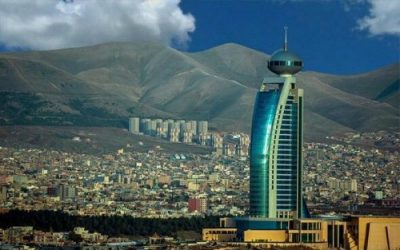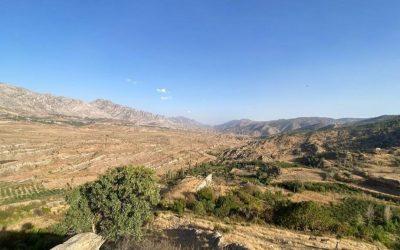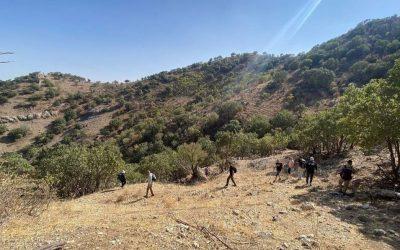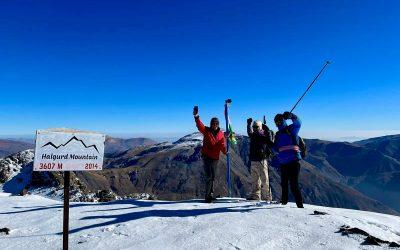About Kurdistan
The Kurdistan Region of Iraq
is an autonomous region located in the northern part of the country, which is home to a large Kurdish population. The region is made up of four governorates: Erbil, Sulaymaniyah, Duhok, and Halabja. These governorates share borders with Iran, Syria, and Turkey, and they are situated in an area known as Iraqi Kurdistan. The Kurdistan Region has a population of approximately 5 million people and is home to a diverse mix of cultures and languages. The region has a long and complex history, and Kurds in Iraq have struggled for autonomy and independence throughout the 20th century. During this time, Kurds have faced Arabization, genocide, and other forms of oppression at the hands of the central Iraqi government in Baghdad. After the Gulf War in 1991, the Iraqi government established no-fly zones over most of Iraqi Kurdistan, which allowed the Kurds to experiment with self-governance and establish an autonomous region. The Baghdad government only recognized the autonomy of the Kurdistan Region after the fall of Saddam Hussein in 2003. Today, the Kurdistan Region is the only part of the larger region known as Kurdistan that has achieved autonomy. The other parts of Kurdistan (Syria, Turkey, and Iran) do not have official autonomous regions, and Kurds in these countries continue to struggle for their rights and independence.
The Flag
of Kurdistan is a symbol of the Kurdish people and their struggle for autonomy and independence. The flag was originally created by the Society for the Rise of Kurdistan in 1920, and it has been adopted as the national flag of various Kurdish states throughout history. One of the most well-known versions of the Kurdish flag is the one used by the Kurdistan Region of Iraq, which was adopted in 1992. This flag features a yellow sun with 21 rays on a red background, with the rays representing the 21 Kurdish provinces that make up the region.
The Peshmerga:
(‘those who face death’) are the military forces of the Kurdistan Region of Iraq. They are responsible for the security of the region and are responsible for protecting the people of the Kurdistan Region from external threats. The Peshmerga have a long history dating back to the 18th century, when they served as a tribal border guard for the Ottoman and Safavid empires. In the 19th century, the Peshmerga became a well-trained and disciplined guerrilla force, and they played a key role in the struggle for Kurdish autonomy and independence.
Today, the Peshmerga are officially under the command of the Kurdistan Regional Government’s Ministry of Peshmerga Affairs. In 2003, during the Iraq War, the Peshmerga played a key role in the mission to capture Saddam Hussein. They have also been involved in the fight against ISIS in Iraq and Syria, where they have proven to be an effective and reliable partner in the coalition against the terrorist group.
Nawroz
The legend of the arrival of spring in Asia Minor dates back to ancient Iranian legends, which were retold in various texts including the Shahnameh and the Sharafnama. According to the legend, an evil Assyrian king named Zuhak conquered Iran and ruled for one thousand years, causing spring to no longer come to Kurdistan. During this time, two young men were sacrificed to Zahak’s serpents daily. A nobleman named Fereydun led a revolt against Zahak, which was led by a blacksmith named Kaveh(Kawa) who had lost six sons to Zahak. Kaveh trained the young men who had been saved from sacrifice into an army, and they marched to Zahak’s castle where Kaveh killed the king with a hammer. The lighting of fires on March 20, the day of Kaveh’s victory, has become a symbol of freedom and a way for Kurds to remember their strength as a people. It is also a tradition to jump across a fire at Newroz.
The festival marks the first day of spring (21st March) and the new year in the Kurdish calendar. It is a time of joy and celebration, with people coming together to participate in various activities such as dancing, singing, and games, and to enjoy special foods and the reading of poetry. The lighting of bonfires on the eve of Newroz is a common tradition, symbolizing the end of winter and the arrival of spring. Newroz has a rich cultural and historical significance for Kurds and is an important aspect of their identity. It is a time for Kurds to celebrate their culture and traditions and to come together as a community.
Kurdish Clothes
Kurdish men wear their traditional clothes routinely, not only on special occasions. It’s a two, three piece clothes, the top which is like a closed jacket ,pants which are called Shalvar (wide trousers which close at the ankles closely) and a piece of cloth around the waist named Pshten, and also a type of shoes called Klash. The Kurdish costume was worn many days in the past. Currently some women still wear them on a daily basis, especially by the older generation. The dresses worn on a daily basis tend to be modest in color and have little or no accessories or embroideries. In the present day the Kurdish dress is more commonly worn on special occasions.
The traditional Kurdish women’s outfit includes either a vest called Helag or long-sleeved jacket called Salta or Kawaa, a long overcoat worn over a gown. An underdress and puffy pants are worn beneath the gown. A belt over the gown is also needed. Traditionally women wore Kurdish hats ornamented with valued coloured stones, beads and gold pieces. Over time this has become less common. Now it is more popular among women to only accessorize with gold jewelry.
Usually younger women and young girls wear brightly coloured dresses adorned with many beads and sequins, and the older women wear darker colors. However, older women tend to wear more gold jewelry because traditionally when women married they would receive a dowry of gold jewelry pieces from their groom.
Erbil Citadel
Erbil Citadel The Citadel town of Erbil lies in the middle of the greater city of Erbil, the Capital City of the Kurdish Regional Government in Iraq. The overall form of the citadel town is circular but more elliptical to be precise. It rises some 30 meters...
Lalish
Lalish Lalish also called Lalişa Nûranî is a small mountain valley village dating back about 4000 years (some argue that it is 7000 years old), situated in the Shekhan District of Nineveh Governorate in northern Iraq, near the border with Iraqi Kurdistan. It contains...
Halabja
Halabja is a city in the Kurdistan Region of Iraq and the capital of Halabja Governorate, located about 79.6 km and 14 km from the Iranian border.The city lies at the base of what is often referred to as the greater Hewraman region stretching across the Iran–Iraq...
Hamilton Road
Hamilton Road ROAD THROUGH KURDISTAN (a book by A. M. Hamilton) describes the work of a New Zealand engineer during the four years he spent in the mountains of Kurdistan in 1928, being in sole charge of large gangs of native workman whom he trained to do technical...
Shanadar Cave
Shanadar Cave is an archaeological site located on Bradost Mountain in Iraq. The remains of ten Neanderthals, dating from 35,000 to 65,000 years ago, have been found within the cave. The cave also contains two later “proto-Neolithic” cemeteries, one of which dates...
Sulaymani
Sulaymani is a city in the east of the Kurdistan Region of Iraq, not far from the Iran–Iraq border. It is surrounded by the Azmar, Goizha and Qaiwan Mountains in the northeast, Baranan Mountain in the south and the Tasluja Hills in the west. The city has a semi-arid...
is it possible to visit Zagros Mountain Trail ?
Zagros Mountain Zagros Mountain Trail (ZMT) is a new trail in Iraqi Kurdistan. It winds through the Zagros Mountains covering over 220 kilometers of breathtakingly beautiful scenery in Kurdistan There are 13 unique home stay accommodations strategically placed along...
Why should an adventurous traveller consider the majestic ZMT in Kurdistan?
Zagros Mountain That is a very good question! The simple answer lies in the history of this special land and the uniquely wonderful culture and warm hospitality of the Kurdish People. Indeed Kurdistan, in northern Iraq, is home to the Kurdish people who have...
The last point of the Zagros Mountain Trail
Zagros Mountain The last point of the Zagros Mountain Trail is below Mount Halgurd at 2,350 meters, but we do organize a hike to the summit for those interested.. An adventure can be tailored tulsi that visitor can see both historical sites via an organized tour via...
